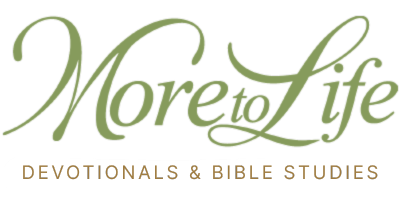“You are to celebrate the Lord’s festival for seven days… so that your generations may know that I made the Israelites live in shelters when I brought them out of the land of Egypt.” Leviticus 23:41- 43.
The Feast Of Tabernacles (Sukkot)
The Feast of Tabernacles was a joyous weeklong celebration of God’s provision and presence. It commemorates the Israelites living in temporary shelters for forty years while they wandered in the wilderness. Sukkot is a harvest festival, marking the end of the agricultural year in Israel when the final crops are gathered. Once the Hebrews entered the Promised Land, families would celebrate by living in temporary shelters. These shelters served as a reminder of how God cared for Israel in the wilderness. It was a time to rejoice and to remember God’s faithfulness.
Sukkot is rich in prophetic significance, pointing to the Messianic Kingdom when God will dwell with His people (Zechariah 14:16-19).
God Had A Plan From The Beginning
God is a relational God. From the beginning, He communicated with His creation. He walked with Adam in the cool of the day (Gen. 3:8), and manifested Himself to Moses in a burning bush, revealing His power and sovereignty (Exodus 3:2-6). God protected and led His chosen people through the wilderness by a pillar of a cloud by day and a pillar of fire by night (Exodus 13:21-22; Numbers 14:14).
This relationship progressed when God directed His chosen people to build a tabernacle so He could visit them. The tabernacle was just a temporary place to house His presence. In The New Testament, God dwells with His people, in person.
The New Testament Tabernacle In Jesus
The New Testament offers a canonical link to the rich typology of the Old Testament by recording God dwelling among His people in a different, yet recognizable way.
In the beginning was the Word, and the Word was with God, and the Word was God. The same was true in the beginning with God. All things were made by him, and without him was not anything made that was made. John 1:1-3.
“And the Word was made flesh, and dwelt among us, (and we beheld his glory, the glory as of the only begotten of the Father,) full of grace and truth.” John 1:14.
In Jesus Christ, God became what He had never been before, a man, yet did not cease to be who He always was, God.
John 1:14 uses the Greek verb σκηνόω (skēnoō), which translates to “dwelt,” or “tabernacled.” The typology demonstrated in John 1:14 connects the Old Testament tabernacle with the New Testament tabernacle.
Just as the glory of God was hidden within the Holy of Holies, there was a hidden glory within Jesus. God communicated on humanity’s level, taking the form of a servant and becoming like men (Philippians 2:7), enduring suffering, pain, and affliction.
We have hope today! We can experience Jesus being tabernacled with us, while also anticipating His return, where we will dwell with Him for all of eternity (Revelation 21:3-4).
Journal Prompt:
Write about a time when God was “tabernacled” with you. How did He meet with you, provide for you, or walk closely with you in a hard or uncertain season? How can you build a rhythm of remembering and celebrating His presence today?
Prayer:
Lord, thank You for being my shelter in every season. I am so thankful that You left Your heavenly throne, to tabernacle Yourself among us, so we can have a close relationship with You. Now, we are the temple of Your spirit. I pray that You would cleanse every part of me, and be a part of my life. I cannot wait until I get to spend all of eternity with You. I love you, Lord. Amen.
This devotion was written by Angela Overton for moretolifetoday.net.




Comments are closed.